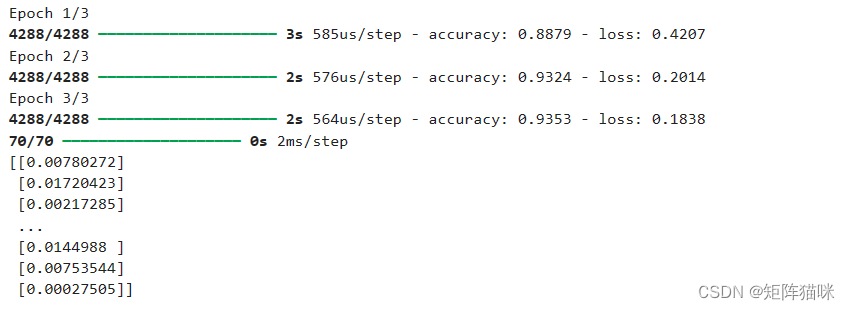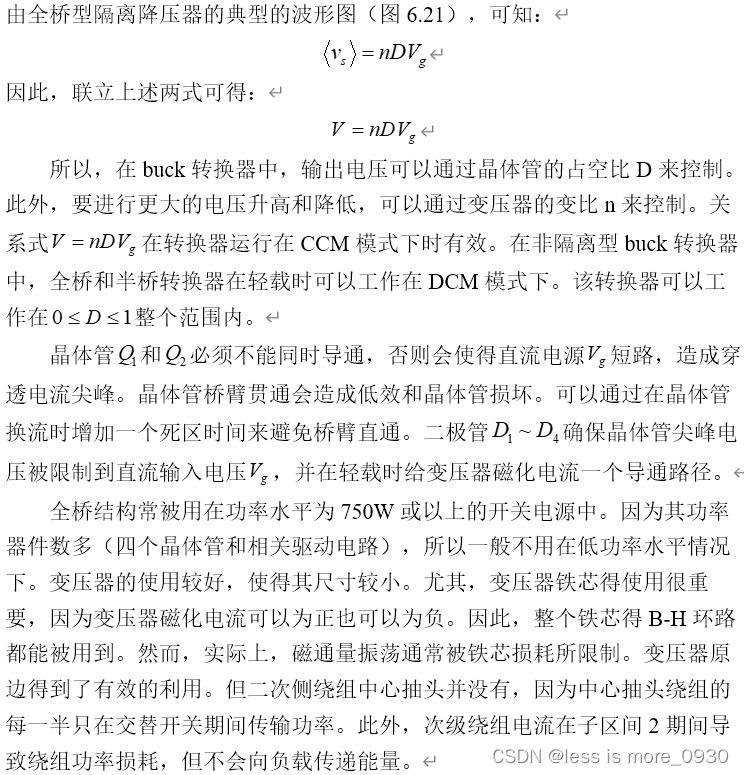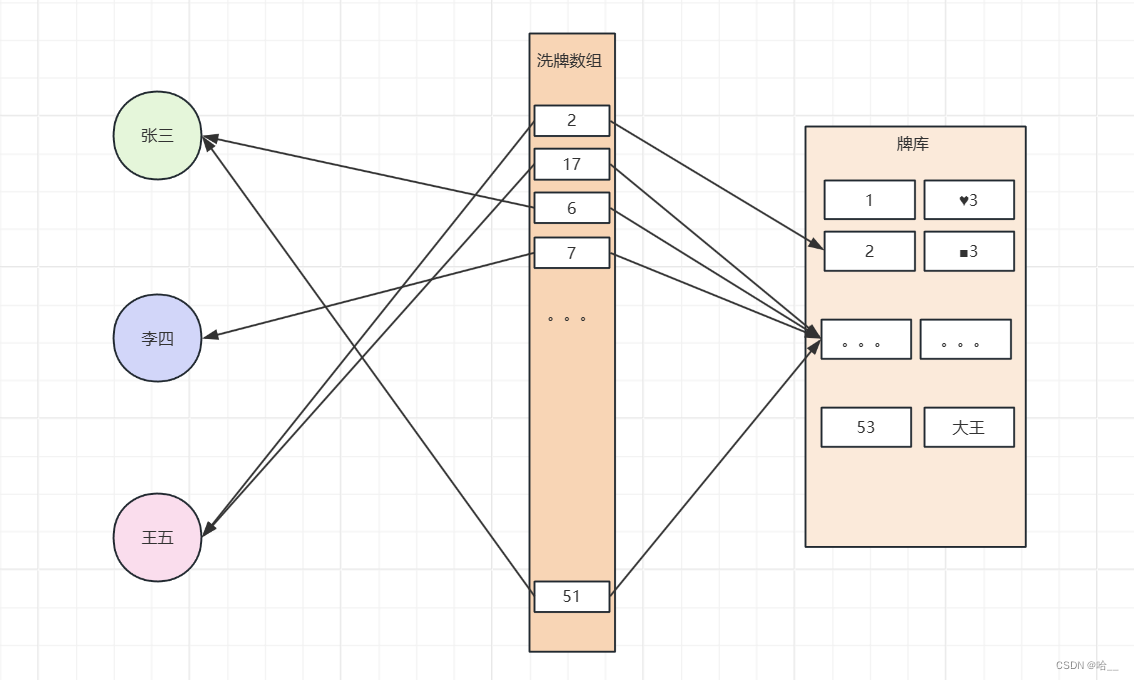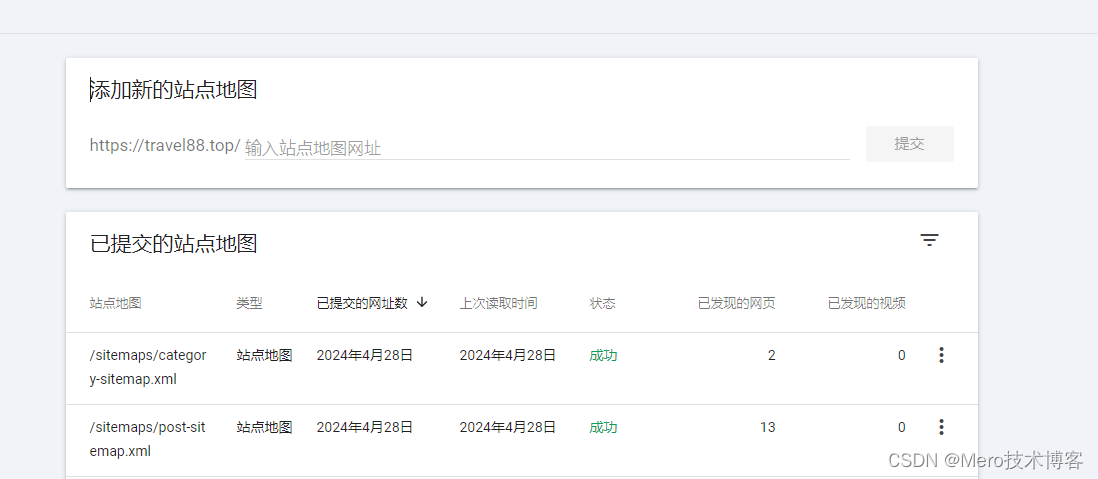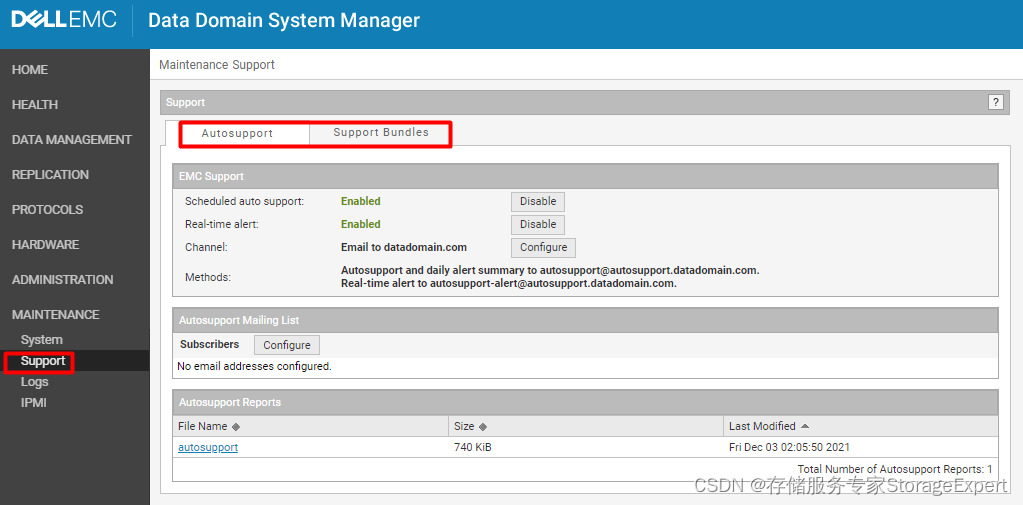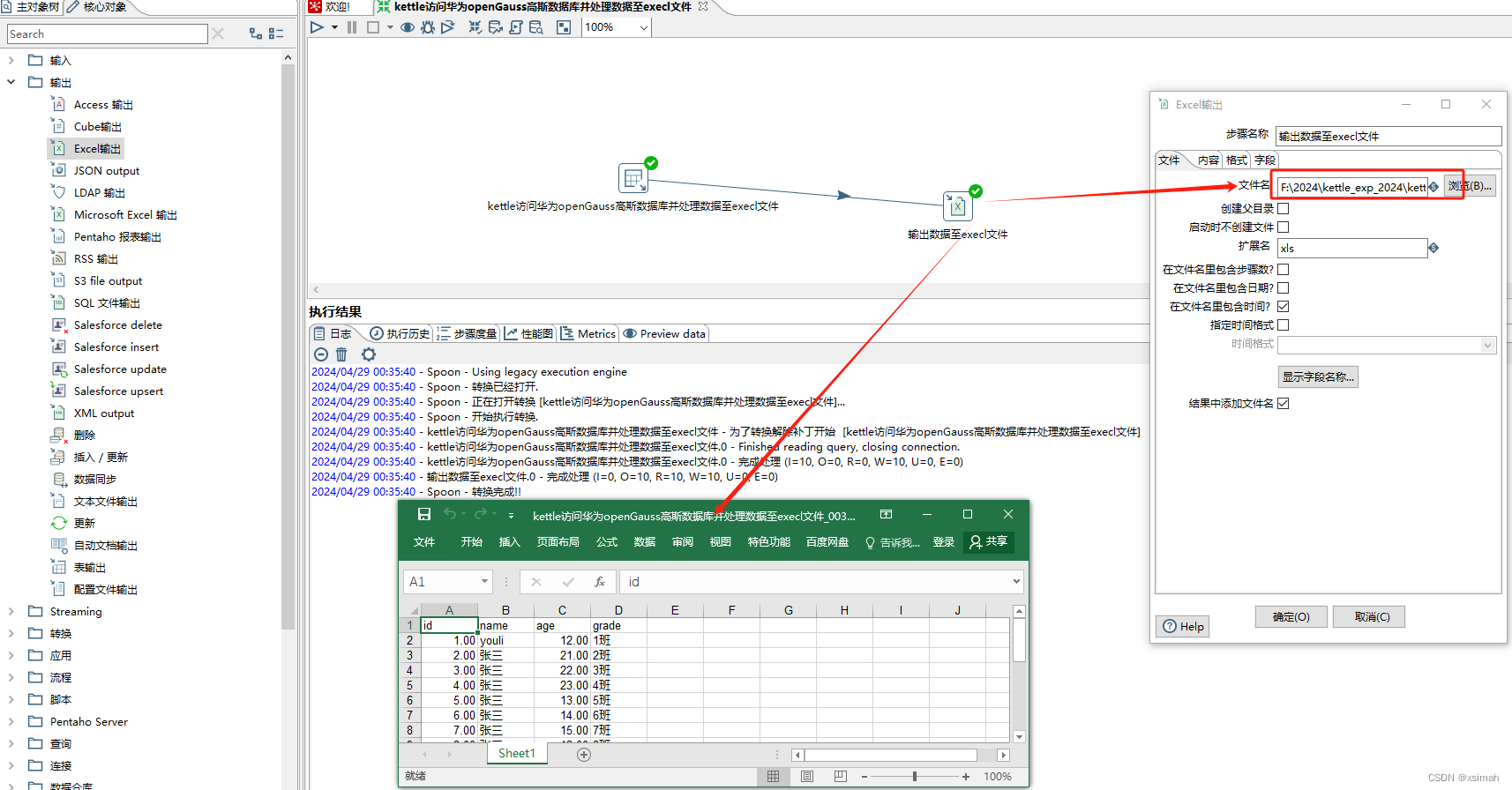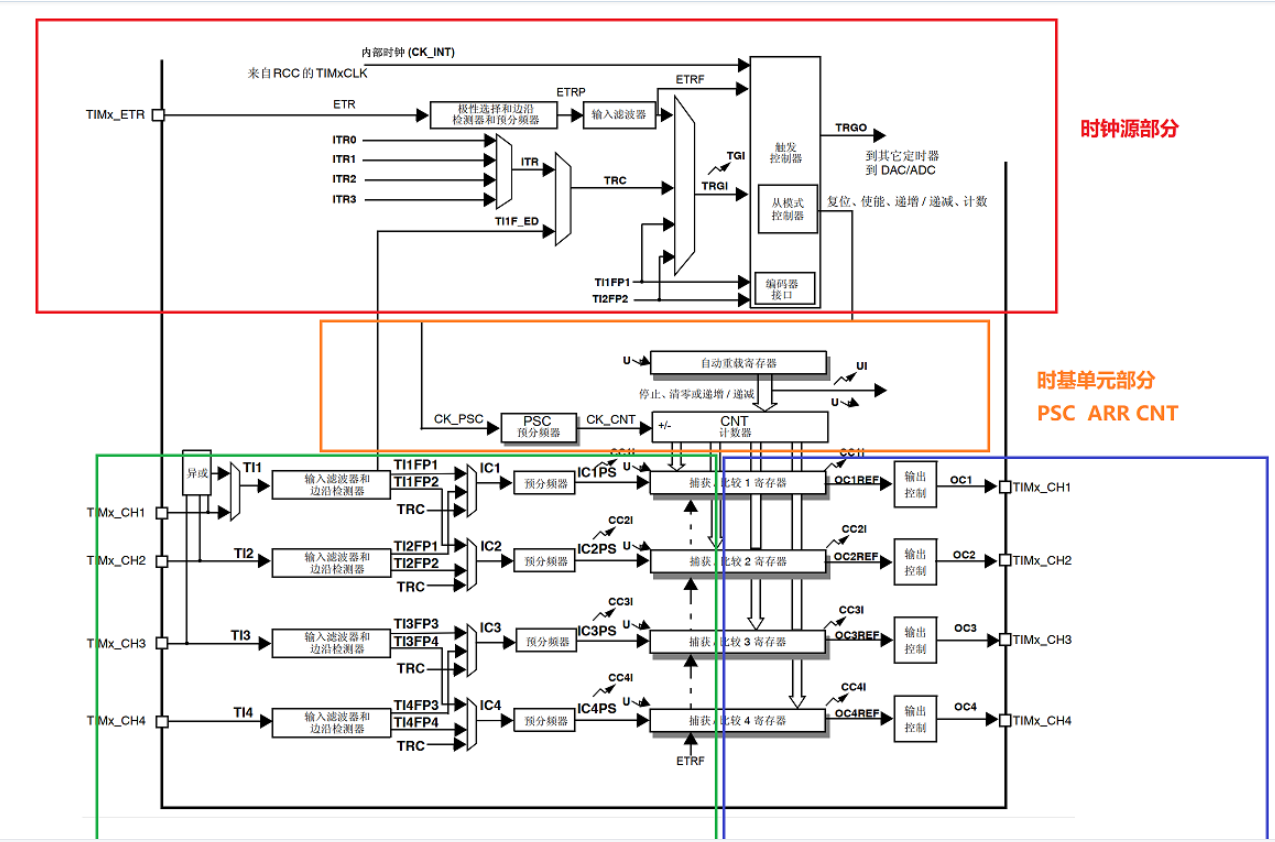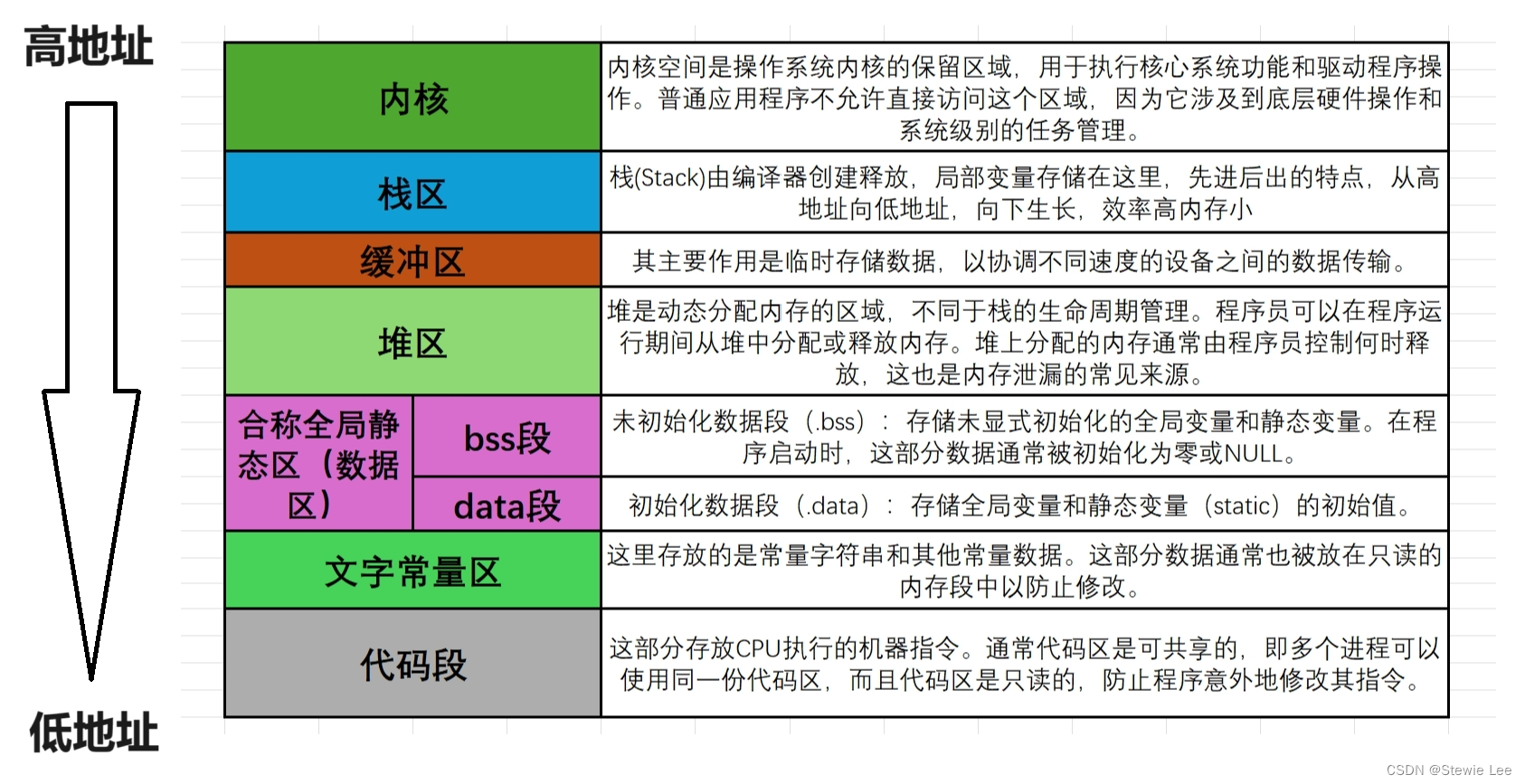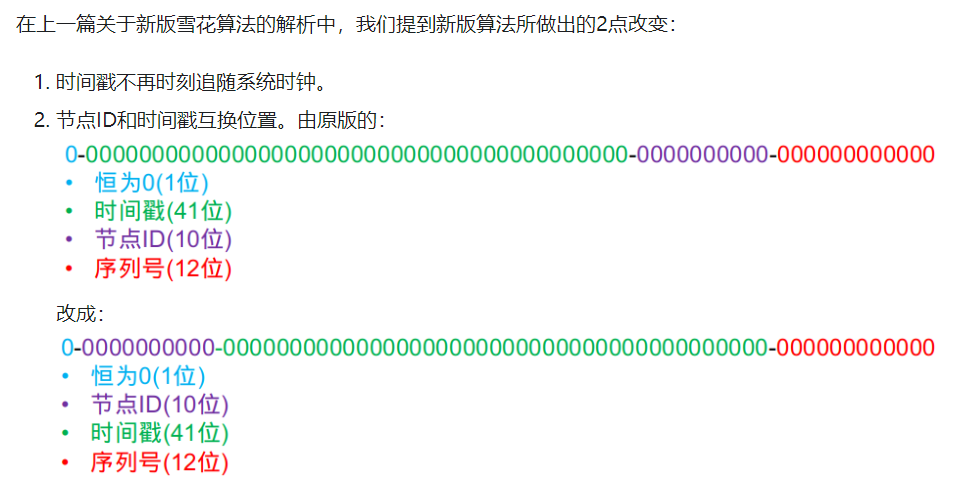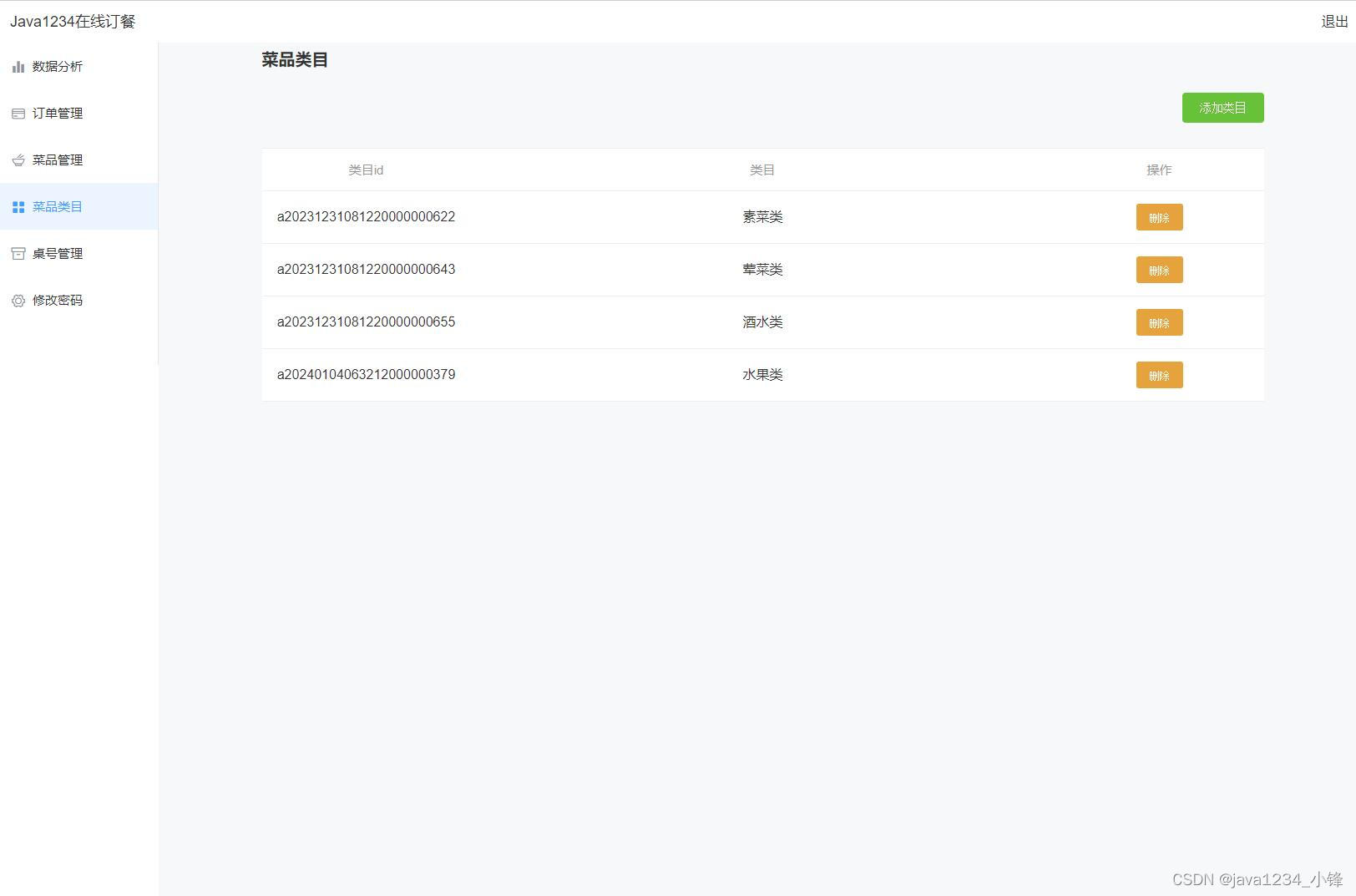
前言
系列专栏:机器学习:高级应用与实践【项目实战100+】【2024】✨︎
在本专栏中不仅包含一些适合初学者的最新机器学习项目,每个项目都处理一组不同的问题,包括监督和无监督学习、分类、回归和聚类,而且涉及创建深度学习模型、处理非结构化数据以及指导复杂的模型,如卷积神经网络、门控递归单元、大型语言模型和强化学习模型
本文旨在使用Keras等深度学习库,并熟悉神经网络的基础。
1. 数据集介绍
您可以从免费提供的UCI机器学习存储库中找到葡萄酒质量数据集。数据集由数据中包含的 12 个变量组成。其中少数如下——
- 固定酸度: 总酸度分为两组:挥发性酸和非挥发性或固定酸。此变量的值在数据集中以 gm/dm3 表示。
- 挥发性酸度: 挥发性酸度是葡萄酒变成醋的过程。在该数据集中,挥发性酸度以 gm/dm3 表示。
- 柠檬酸: 柠檬酸是葡萄酒中的固定酸之一。它在数据集中以 g/dm3 表示。
- 残糖: 残糖是发酵停止或停止后剩余的糖。它在数据集中以 g/dm3 表示。
- 氯化物: 它可能是葡萄酒咸味的重要因素。此变量的值在数据集中以 gm/dm3 表示。
- 游离二氧化硫: 它是添加到葡萄酒中的二氧化硫的一部分。此变量的值在数据集中以 gm/dm3 表示。
- 总二氧化硫: 它是结合二氧化硫和游离二氧化硫的总和。此变量的值在数据集中以 gm/dm3 表示。
1.1 获取数据
# Import Required Libraries
import numpy as np
import pandas as pd
import matplotlib.pyplot as plt
# Read in white wine data
white = pd.read_csv("http://archive.ics.uci.edu/ml/machine-learning-databases/wine-quality/winequality-white.csv", sep =';')
# Read in red wine data
red = pd.read_csv("http://archive.ics.uci.edu/ml/machine-learning-databases/wine-quality/winequality-red.csv", sep =';')
1.2 红酒前五行数据
# First rows of `red`
red.head()
输出

1.3 白酒末五行数据
# Last rows of `white`
white.tail()
输出

取五行红酒的数据样本
# Take a sample of five rows of `red`
red.sample(5)
输出

1.4 数据描述
# Describe `white`
white.describe()
输出

1.5 检查红酒中的空值
# Double check for null values in `red`
pd.isnull(red)
输出
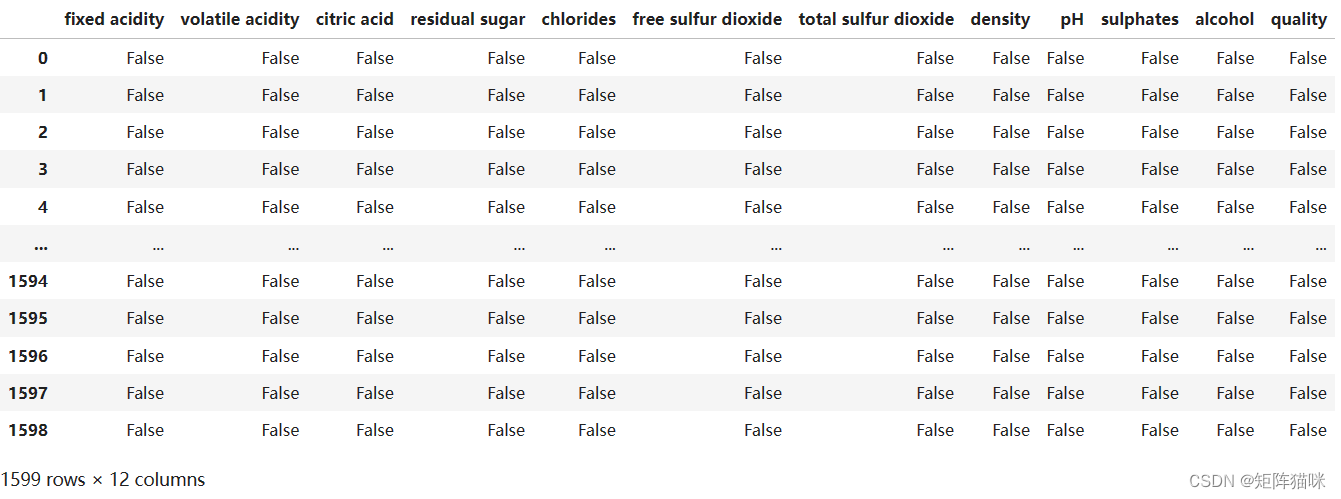
2. 酒精的分布(可视化探索性分析)
2.1 创建直方图
# Create Histogram
fig, ax = plt.subplots(1, 2)
ax[0].hist(red.alcohol, 10, facecolor ='red',
alpha = 0.5, label ="Red wine")
ax[1].hist(white.alcohol, 10, facecolor ='white',
ec ="black", lw = 0.5, alpha = 0.5,
label ="White wine")
fig.subplots_adjust(left = 0, right = 1, bottom = 0,
top = 0.5, hspace = 0.05, wspace = 1)
ax[0].set_ylim([0, 1000])
ax[0].set_xlabel("Alcohol in % Vol")
ax[0].set_ylabel("Frequency")
ax[1].set_ylim([0, 1000])
ax[1].set_xlabel("Alcohol in % Vol")
ax[1].set_ylabel("Frequency")
fig.suptitle("Distribution of Alcohol in % Vol")
plt.show()
输出
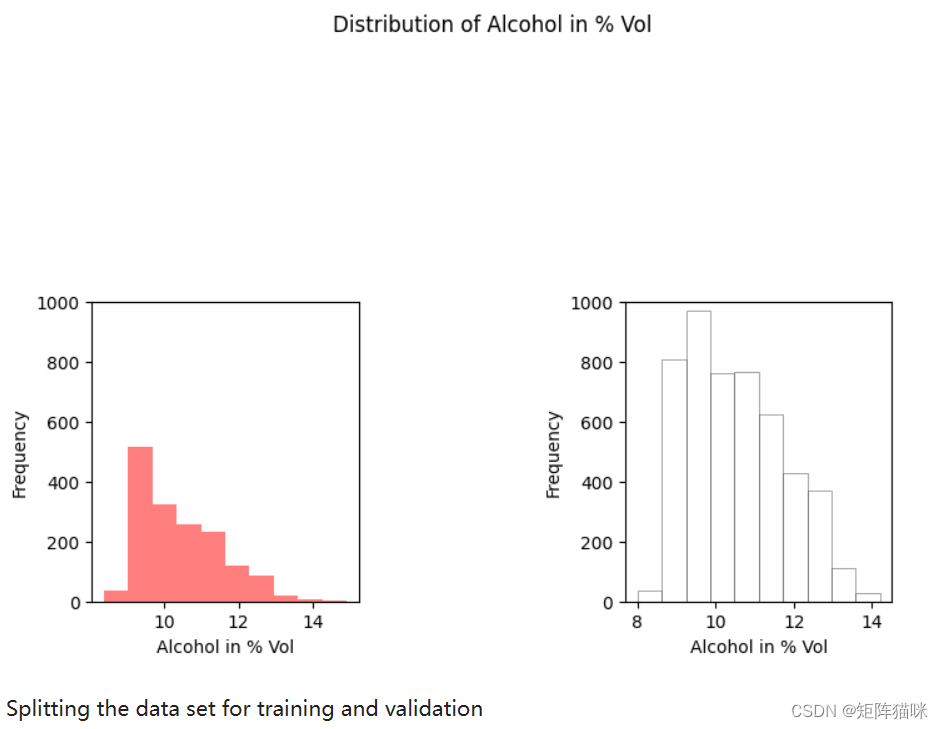
2.2 拆分数据集来进行训练和验证
# Add `type` column to `red` with price one
red['type'] = 1
# Add `type` column to `white` with price zero
white['type'] = 0
# Concat `white` with `red`
wines = pd.concat([red,white], ignore_index = True)
# Import `train_test_split` from `sklearn.model_selection`
from sklearn.model_selection import train_test_split
X = wines.iloc[:, 0:11]
y = np.ravel(wines.type)
# Splitting the data set for training and validating
X_train, X_test, y_train, y_test = train_test_split(
X, y, test_size = 0.34, random_state = 45)
2.3 定义网络结构
# Import `Sequential` from `keras.models`
from keras.models import Sequential
# Import `Dense` from `keras.layers`
from keras.layers import Dense
# Initialize the constructor
model = Sequential()
# Add an input layer
model.add(Dense(12, activation ='relu', input_shape =(11, )))
# Add one hidden layer
model.add(Dense(9, activation ='relu'))
# Add an output layer
model.add(Dense(1, activation ='sigmoid'))
# Model output shape
model.output_shape
# Model summary
model.summary()
# Model config
model.get_config()
# List all weight tensors
model.get_weights()
model.compile(loss ='binary_crossentropy',
optimizer ='adam', metrics =['accuracy'])
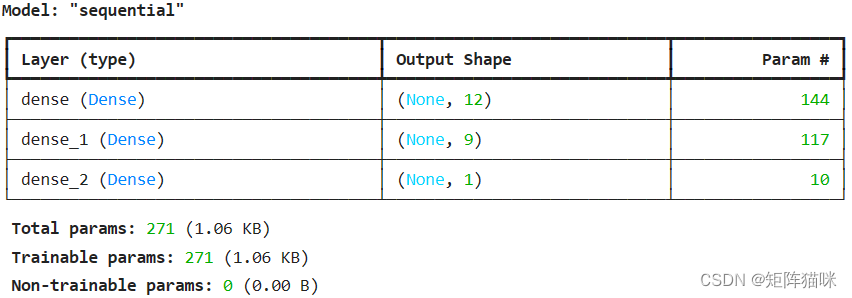
3. 模型训练和预测
# Training Model
model.fit(X_train, y_train, epochs = 3,
batch_size = 1, verbose = 1)
# Predicting the Value
y_pred = model.predict(X_test)
print(y_pred)
输出
